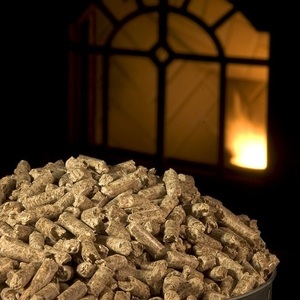EPA finalizes amendments to 2015 NSPS for wood heating appliances




March 12, 2020
BY Erin Krueger
Advertisement
Advertisement
Related Stories
The U.S. Energy Information Administration on Oct. 15 reported that approximately 1.684 million U.S. households used wood as a primary heating source last winter, down 1% when compared to the previous year.
Renewable are expected to account for 24% of U.S. electricity generation in 2025, increasing to 26% in 2026, according to the U.S. Energy Information Administration’s latest Short-Term Energy Outlook, released Oct. 7.
Drax has announced it will cease operations and idle pellet plant facilities in Leola and Russellville, Arkansas, effective Nov. 1, 2025. Operations at our other U.S. sites will remain unaffected, according to the company.
USTC on Oct. 9 announced it has completed the acquisition of all remaining shares in CM Biomass, becoming the sole owner of the biomass company. CM Biomass trades approximately 3.7 million tons of woo pellets and ag residues annually.
Editor's note from Biomass Magazine, Issue 4.





